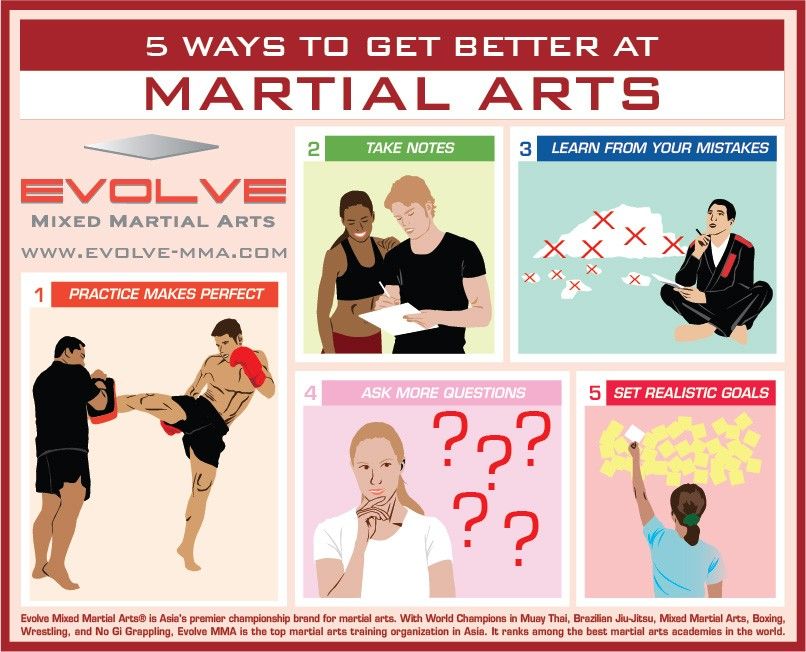The History And Advancement Of Martial Arts: From Its Old Origins To The Techniques Practiced Today
The History And Advancement Of Martial Arts: From Its Old Origins To The Techniques Practiced Today
Blog Article
Posted By-Bonner William
Enter the world of martial arts, where old beginnings and modern-day methods collide in a thrilling trip of technique and self-discovery.
As you look into the background and development of this exciting art form, prepare to be captivated by the social influences, technical innovations, and profound approach that have formed it over centuries.
From the field of battles of ancient human beings to the training grounds of today, martial arts have stood the test of time, continuously adapting and growing.
Each strike, each movement, lugs with it the weight of plenty of years of practice and knowledge, passed down with generations. This is a tale of durability, of warriors who looked for not just physical prowess, yet additionally inner strength and harmony.
Join us on this amazing expedition as we discover the secrets, the tales, and the transformational power of martial arts.
Prepare to be inspired, tested, and for life transformed by the background and evolution of martial arts.
Cultural Influences on Martial Arts
As you check out the background and development of martial arts, you'll promptly find the remarkable methods which cultural impacts have shaped these fight methods.
From the old civilizations of China and India to the a lot more current growths in Japan and Brazil, martial arts have been greatly influenced by the societies in which they originated.
As an example, Chinese martial arts, such as Kung Fu and Tai Chi, are deeply rooted in the ideology of Taoism and the idea of Yin and Yang.
On the other hand, Japanese martial arts, like Karate and Judo, reflect the samurai warrior customs and the values of technique and honor.
Likewise, Brazilian fighting style, Capoeira, combines aspects of African dance and songs, showing the cultural heritage of African slaves in Brazil.
These social influences not only give each fighting style its distinct qualities but additionally give a much deeper understanding of the historical and social contexts in which they advanced.
Technological Developments and Martial Arts
With the increase of advanced weaponry and cutting-edge training devices, you've been able to enhance your abilities and adjust to the ever-changing fight landscape.
Technological developments have actually transformed the means martial arts are practiced and taught. Virtual reality simulations now allow you to learn realistic battle circumstances without the danger of physical damage. High-speed cameras record every action, allowing you to analyze and perfect your strategies. Wearable tools check your heart rate, breathing, and muscle mass activation, giving immediate responses on your performance.
Additionally, the development of specialized tools, such as resistance bands and dexterity ladders, has allowed you to boost your speed, toughness, and dexterity. These technological advancements have not only made training a lot more reliable yet have actually also pressed the borders of what is possible in martial arts, permitting you to get to brand-new elevations in your practice.
The Viewpoint and Principles of Martial Arts
The ideology and concepts of martial arts are deeply rooted fit your state of mind and instilling self-control, emphasis, and regard in your technique.
1. Attitude: Martial Arts instructs you to establish a strong and durable mindset. It allows you to get over challenges both on and off the floor covering, pushing your restrictions and persisting despite hardship.
2. martial arts actors -control: Martial Arts needs discipline and self-discipline. With routine training and adherence to stringent policies and methods, you learn to regulate your impulses and establish a strong work principles.
3. Emphasis: Martial Arts requires extreme focus and focus. By training your mind to be existing in the moment, you enhance your ability to respond rapidly and efficiently during fight scenarios.
4. Regard: Martial Arts stresses regard for oneself, trainers, training partners, and challengers. north american kajukenbo teaches you to value the abilities and experiences of others, cultivating a feeling of camaraderie and sportsmanship.
Conclusion
Congratulations on finishing your trip through the captivating world of martial arts! Throughout this exploration, you have witnessed the rich background and remarkable development of these battle practices.
From their old origins to the contemporary techniques we see today, martial arts have actually been formed by cultural impacts.
The integration of innovation has actually likewise played a significant duty in reinventing the way martial arts are instructed and exercised in today day.
Nevertheless, it is necessary to keep in mind that martial arts are more than simply physical combat. They encompass profound approaches and directing concepts that go beyond the plain act of fighting.
Take martial arts training at home to assess this anachronistic adventure and value just how the legacy of martial arts remains to prosper in the present, going beyond time and limits.
